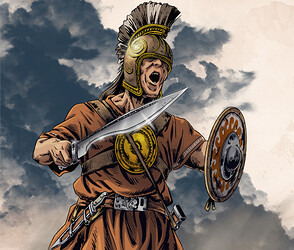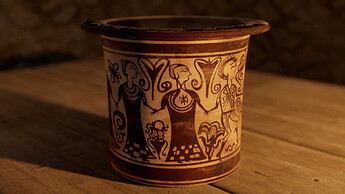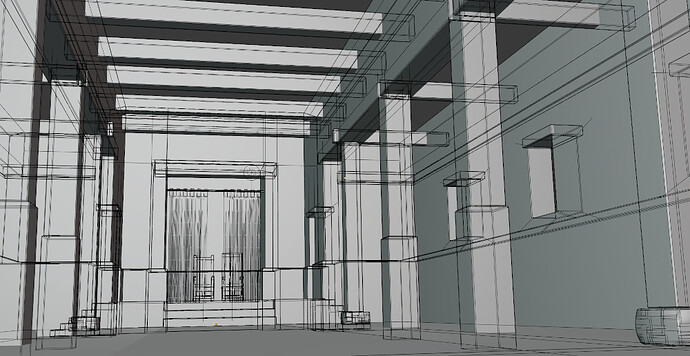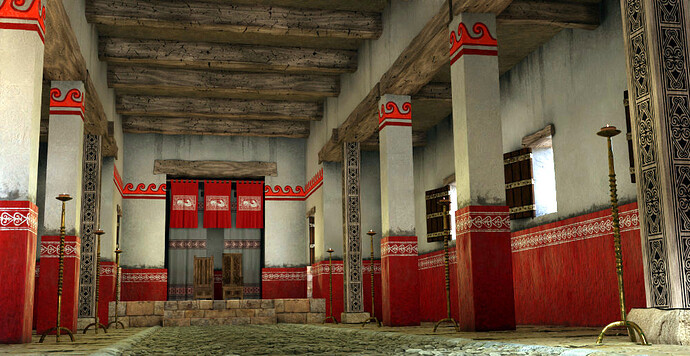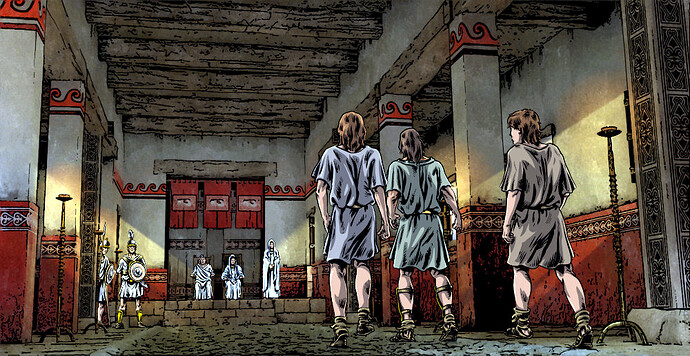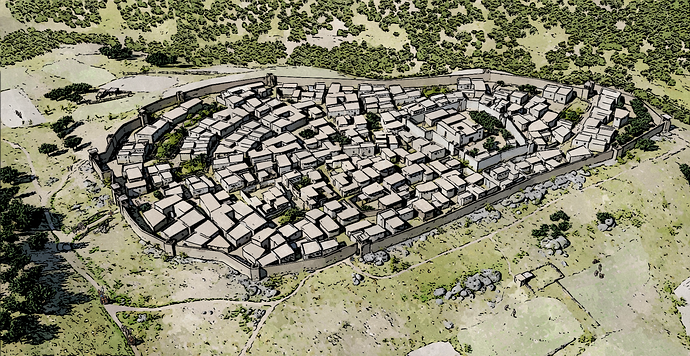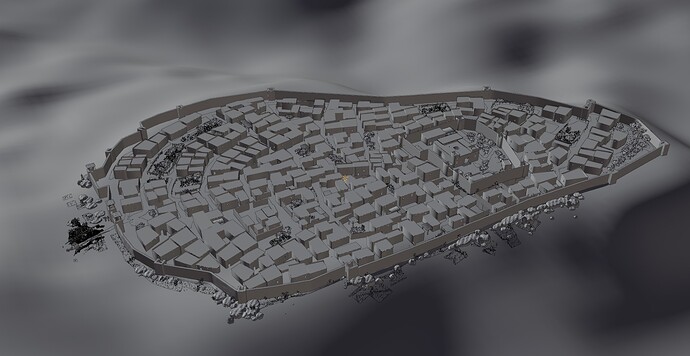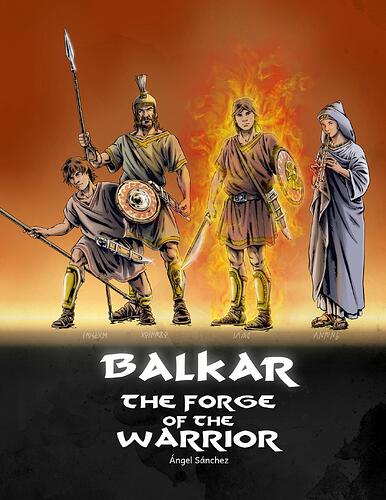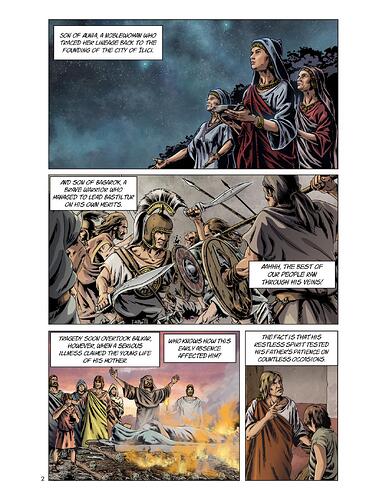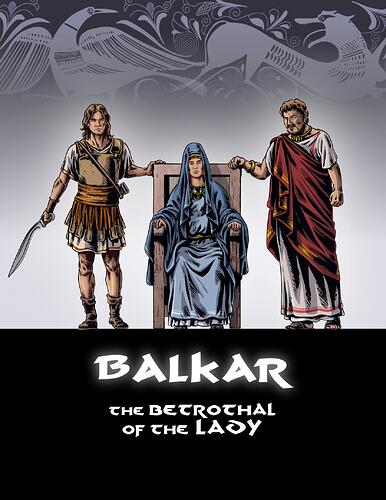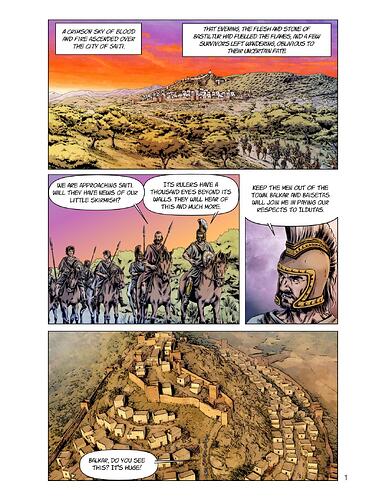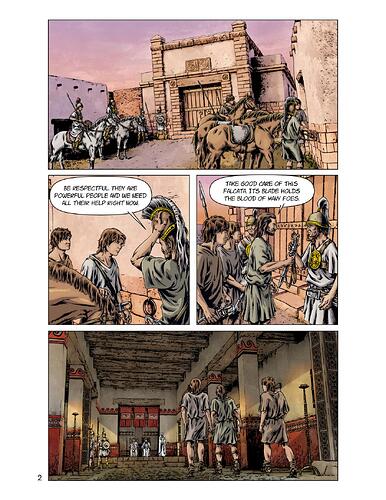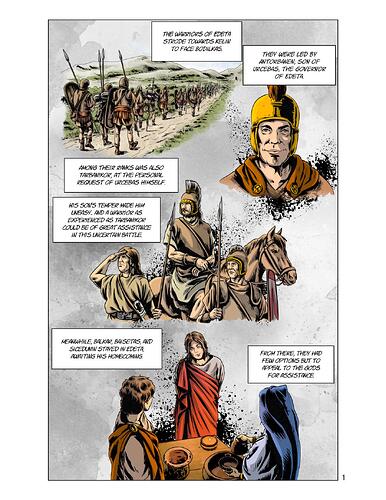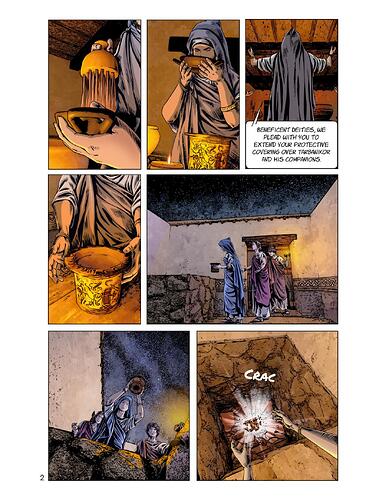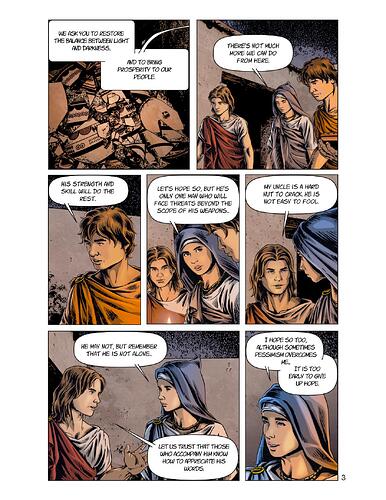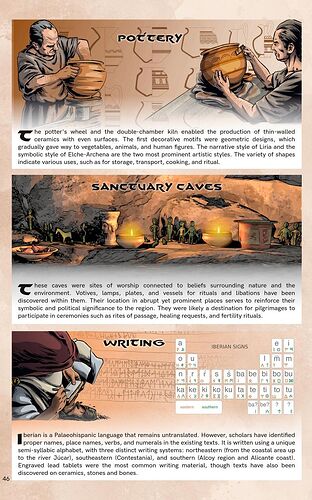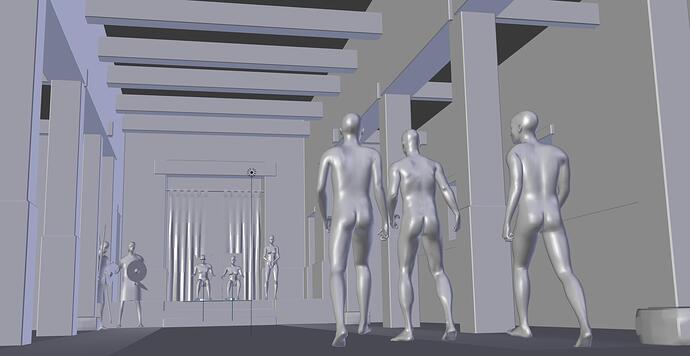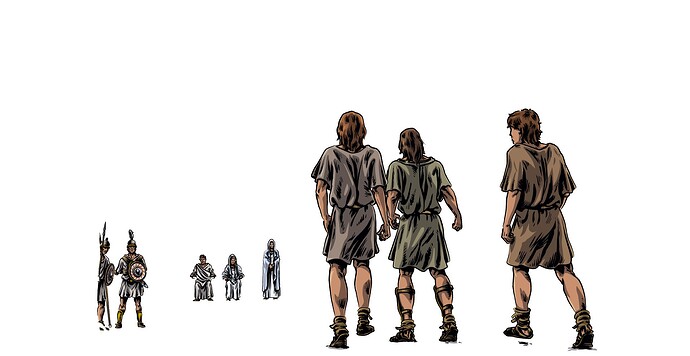Hello everyone.
I’d like to tell you that I’ve finished one of the projects that took the most effort.
Balkar is a historical fiction comic set in ancient Iberia, 6th and 1st centuries BC, and follows the traditional plot of the hero’s journey: an old priest explores his failing memory and recalls the exploits of Balkar, a legendary Iberian warrior.
Efforts have been made to maintain historical accuracy in areas such as clothing, weapons, architecture, tools, and household items. Nevertheless, the events recounted belong to the realm of fiction. It’s difficult to create a story based solely on what we know from historical sources and archaeology when it comes to Iberian society.
As for the software I used to create them, I basically used free software tools:
- Inkscape was the program I used to make the drawings of the vignettes.
- Blender was used to create reference models, architectural backgrounds, furniture and many other elements. In fact, it was indispensable for creating some urban fabrics of the main Iberian cities (Edeta, Saiti and Kelin) and for creating reusable locations.
- Gimp was used to retouch images and backgrounds.
- Scribus was used for the design and layout of the printed book.
In the following pictures you can see some details of the use of Blender in the project:
You can see the general storyline in the video below:
The Forge of the Warrior (first volume) depicts the protagonist’s journey to maturity and the appearance of Bodilkas. The excessive ambition of this character causes the catastrophic events that upset the delicate territorial balance between the peoples of Contestania and Edetania.
The betrothal of the Lady (second volume) picks up the story of our heroes after the terrible events of Bastiltur, the home of our protagonists. As a result, Balkar and his friends will find themselves caught up in the intricate web of alliances and strategies, between Contestania and Edetania. The sons of the rulers of the two main cities are betrothed to strengthen the blood ties between the two countries. The young lady Sicedunin of Saiti will undertake on a dangerous journey north, accompanied by the warriors of Bastiltur, led by Tarbanikor, Balkar and Baisetas.
Conspiracy and fire (third volume) brings the saga of our hero to a close.
The confrontation between the rulers of the cities of Edeta and Kelin leads our protagonists along different ways, which finally converge in the latter city. Friendship, revenge and love are the main forces driving their decisions. Their own destiny, as well as that of Contestania and Edetania, will be decided.
You can find all the details on my website at the following address:
https://nosinmipixel.blogspot.com/2023/09/english-versions-of-balkar.html
if you decide to buy it, I hope you will like it.
Regards.
